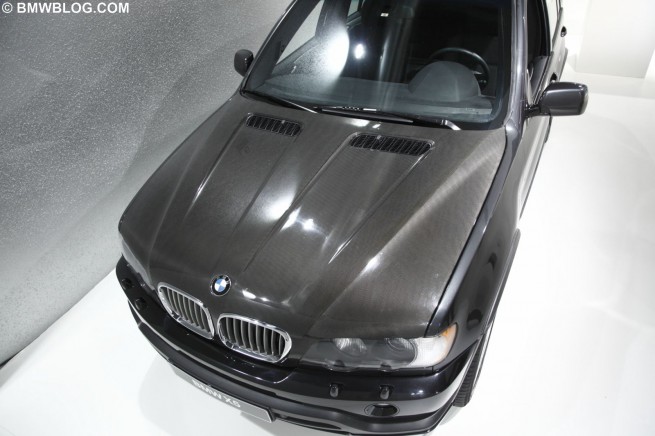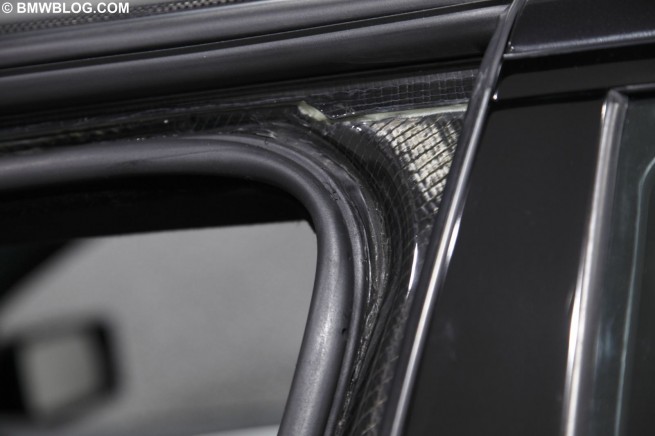At the recent Innovation Days Mobility event, BMW unveiled their future plans in becoming the world’s leader in volume-produced cars with an electric drive and with a passenger cell made from carbon. CFRP, a recent buzzword introduced by BMW, short for carbon fiber reinforced-plastic, plays an essential role in weight savings for all upcoming Megacity vehicles. CFRP is approximately 50% lighter and at least as strong as steel, making the CFRP the lightest material that can be used in body construction of a vehicle without comprising safety.
Furthermore, CFRP has remarkably good energy-absorbing capabilities, making it very damage-tolerant and it also remains stable under all climatic conditions, two important factors in the decision of using carbon fiber in future vehicles.
BMW’s work in the carbon fiber production processes began nearly ten years ago and in 2003, BMW introduced a new-generation CFRP that makes body components production very cost efficeint and at a high quality standard.
Around the same time, BMW began experimenting with CFRP on some of their existing mass-production vehicles, and one of them to receive the “carbon fiber treatment” was the first generation BMW X5.
The BMW X5 4.6is features a unibody made out of CFRP. By using carbon fiber in the frame structure, BMW reduced the number of parts used in the X5. To furthermore reduce the overall weight, the on-off X5 comes with a CFRP-made hood, roof and rear hatch.
According to BMW, only the doors remain made out of steel.
Most of the savings are in the body structure and quoting a BMW specialist, the structure of the X5 is half of the weight of a regular first generation X5 model. The overall weight saving is 200 kilograms or 440 pounds.
The BMW X5 with carbon fiber parts has never been shown to the public before and it has been driven for 40,000 kilometers as part of a testing and development program in the carbon-fiber engineering efforts.






































































